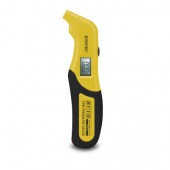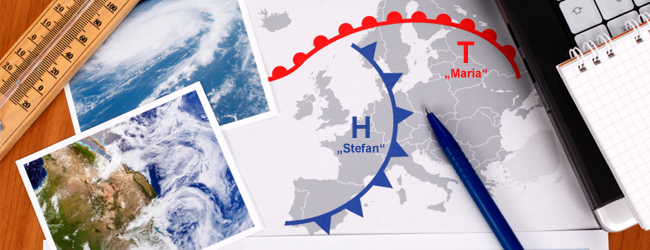Safe journey! – This is an expression which is commonly used in many parts of Great Britain to wish someone you know or a loved one bon voyage before they mount their motorbikes or climb into their cars and set off for their destination. But in order for a journey to be a safe one, some simple rules must first be followed: the driver has to make sure that he or she is well-rested, relaxed and calm before setting off and those travelling must also make sure that they really have left themselves enough time for the journey.
But although these rules may provide the essence of a safe journey with regard to you the driver, it doesn’t mean that these same rules must also apply to the tyres on your car or motorbike.
Tyres need pressure. And you have to keep up the pressure on them if you want your tyres to last longer and your car to consume less petrol and handle more safely.
According to the ADAC, Europe’s largest automobile club, one out of two cars driving on European roads is doing so with the wrong tyre pressure. With disastrous possible consequences:
- The higher the pressure, the less the tyre squirm. Or to put it differently: a pressure loss of 0.5 bar can result in a 20% increase in tyre squirm.
Tyre squirm is name given to the phenomenon that occurs when the sidewalls of a tyre come into contact with the ground while the car or motorbike is negotiating a bend. This is because tyres that are not inflated properly have less grip when they go into corners. The result: the car can understeer and pulls towards the outer edge of the curve, which can be exceptionally dangerous when the bend is being taken at high speed. - The braking distance of a car depends heavily on the tyre pressure, especially when the roads are wet.
Tests carried out by the ADAC confirm that a pressure loss of 1 bar on only one of the front wheels can increase the breaking distance of a car with ABS by as much as 10%. - Modern electronic stability systems like ESP or ABS can fail to respond correctly if the tyre pressure is too low.
This can lead to precarious situations, especially when cars are pushed to their limits and the driver has to perform a sudden swerve to avoid hitting an obstacle. - The rolling resistance increases with lower tyre pressure. This is bad for the environment and bad for your wallet.
The tread on your tyres wears down more quickly when the tyres are underinflated. Not only do you have to spend more money sooner on new ones, you also have to pay more money at the pump because flatter tyres increase the drag, thus causing the car to consume more petrol.
Unfortunately on-board tyre pressure monitoring systems are not yet standard equipment in cars. This is why it pays to use a tyre pressure gauge to check your tyre pressure at least once a fortnight. In fact, the BY10 from TROTEC is so handy that you can even quickly check your tyres before you set off. This also allows you to check the pressure while the tyres are still cold, thus avoiding any errors that can occur at filling stations when checking tyres that are already warm from friction.
Make your journey a safe one. With the BY10 tyre pressure gauge from TROTEC.





